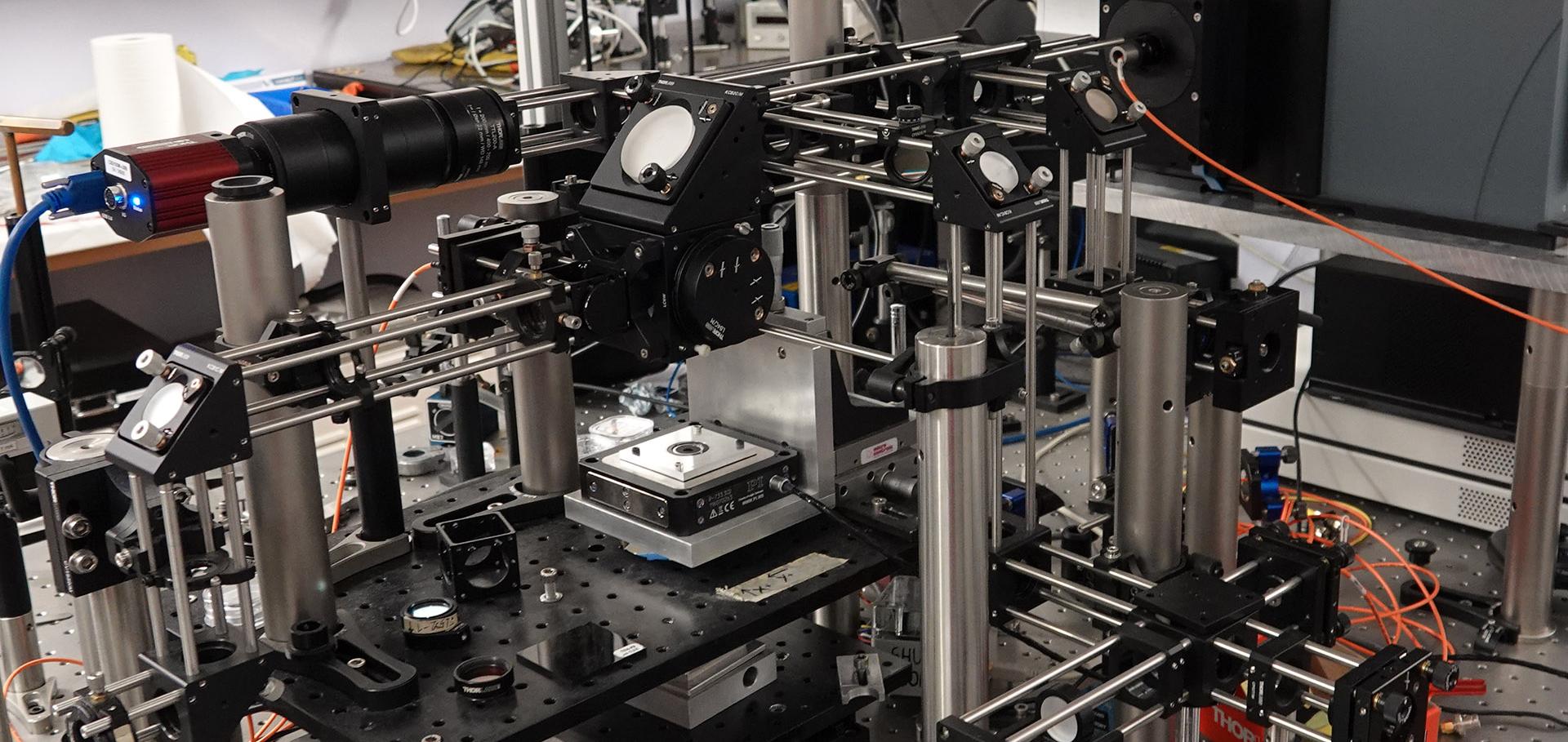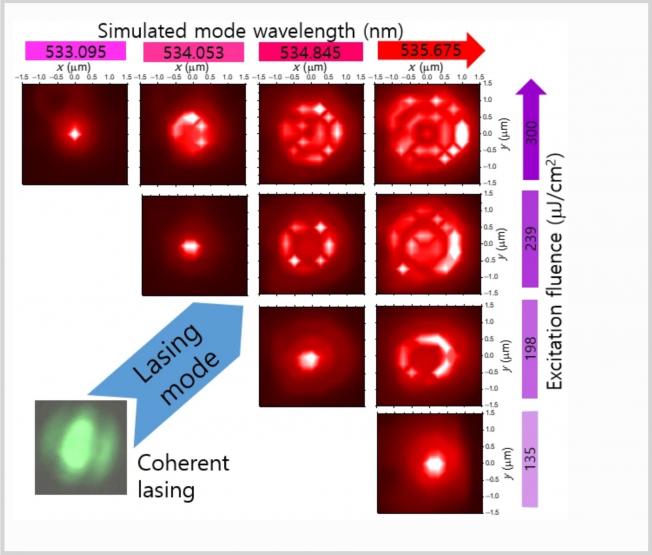Linearly polarized photoluminescence of InGaN quantum disks embedded in GaN nanorods.
Scientific reports 8:1 (2018) 8124-8124
Abstract:
We have investigated the emission from InGaN/GaN quantum disks grown on the tip of GaN nanorods. The emission at 3.21 eV from the InGaN quantum disk doesn't show a Stark shift, and it is linearly polarized when excited perpendicular to the growth direction. The degree of linear polarization is about 39.3% due to the anisotropy of the nanostructures. In order to characterize a single nanostructure, the quantum disks were dispersed on a SiO2 substrate patterned with a metal reference grid. By rotating the excitation polarization angle from parallel to perpendicular relative to the nanorods, the variation of overall PL for the 3.21 eV peak was recorded and it clearly showed the degree of linear polarization (DLP) of 51.5%.Carrier confinement effects of InxGa1-xN/GaN multi quantum disks with GaN surface barriers grown in GaN nanorods
OPTICAL MATERIALS 78 (2018) 365-369
Temperature induced crossing in the optical bandgap of mono and bilayer MoS2 on SiO2.
Scientific reports 8:1 (2018) 5380-5380
Abstract:
Photoluminescence measurements in mono- and bilayer-MoS2 on SiO2 were undertaken to determine the thermal effect of the MoS2/SiO2 interface on the optical bandgap. The energy and intensity of the photoluminescence from monolayer MoS2 were lower and weaker than those from bilayer MoS2 at low temperatures, whilst the opposite was true at high temperatures above 200 K. Density functional theory calculations suggest that the observed optical bandgap crossover is caused by a weaker substrate coupling to the bilayer than to the monolayer.Optical Aharonov-Bohm Oscillations with Disorder Effects and Wigner Molecule in a Single GaAs/AlGaAs Quantum Ring
Chapter in Physics of Quantum Rings, Springer Nature (2018) 231-254
Highly polarized electrically driven single-photon emission from a non-polar InGaN quantum dot
APPLIED PHYSICS LETTERS 111:25 (2017) ARTN 251108



